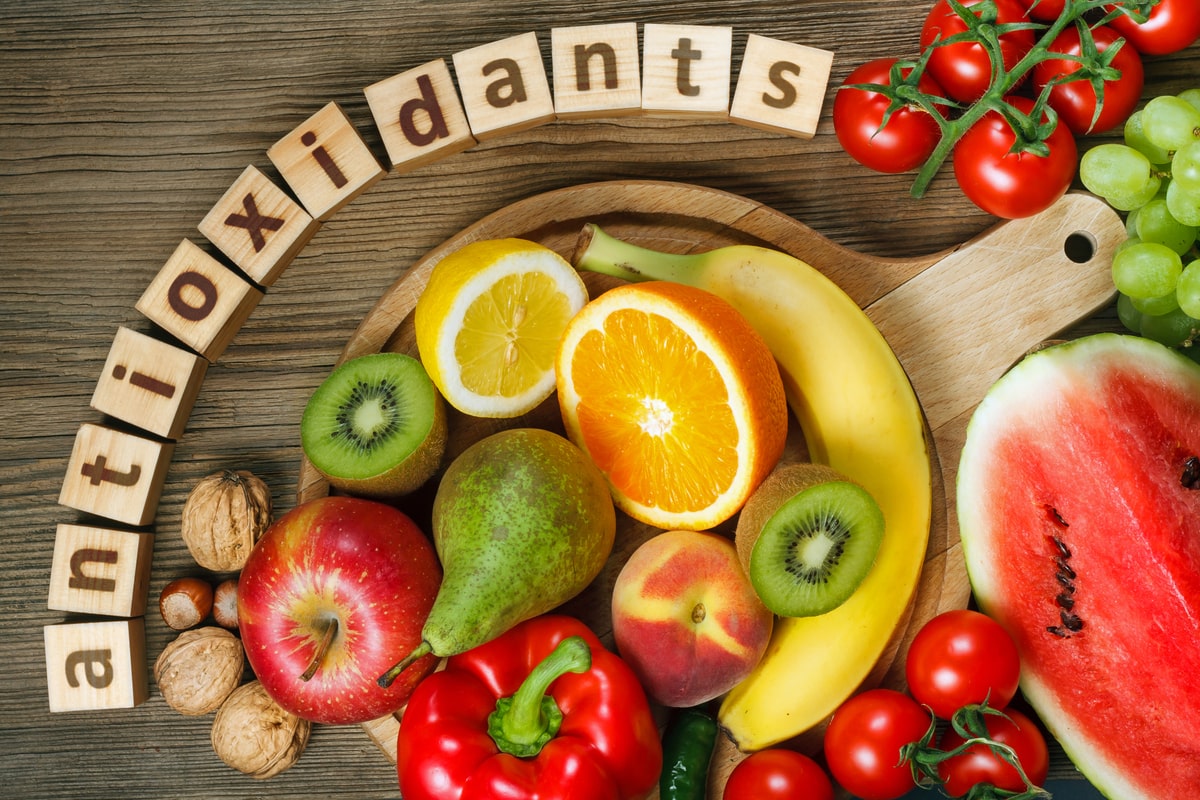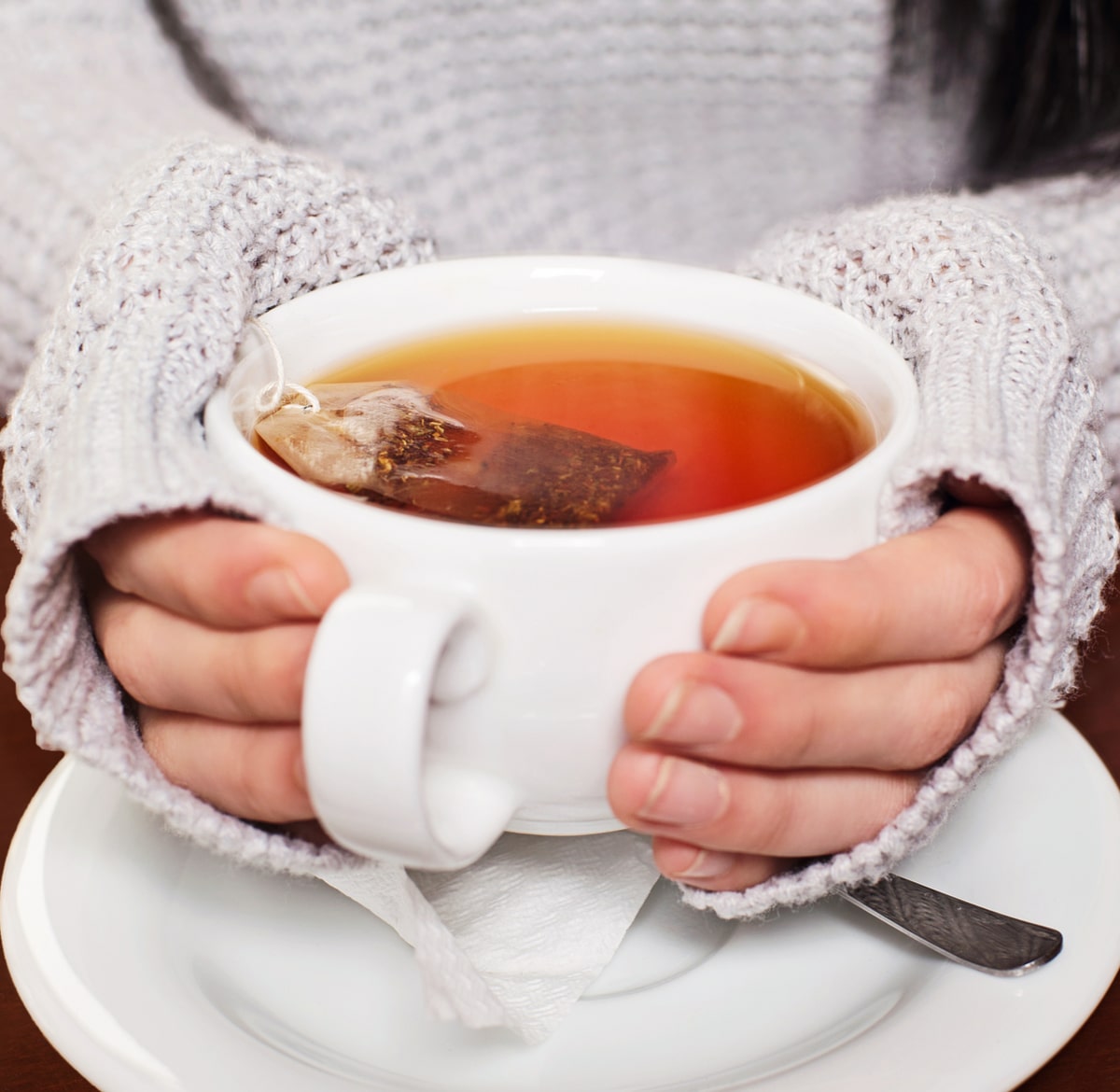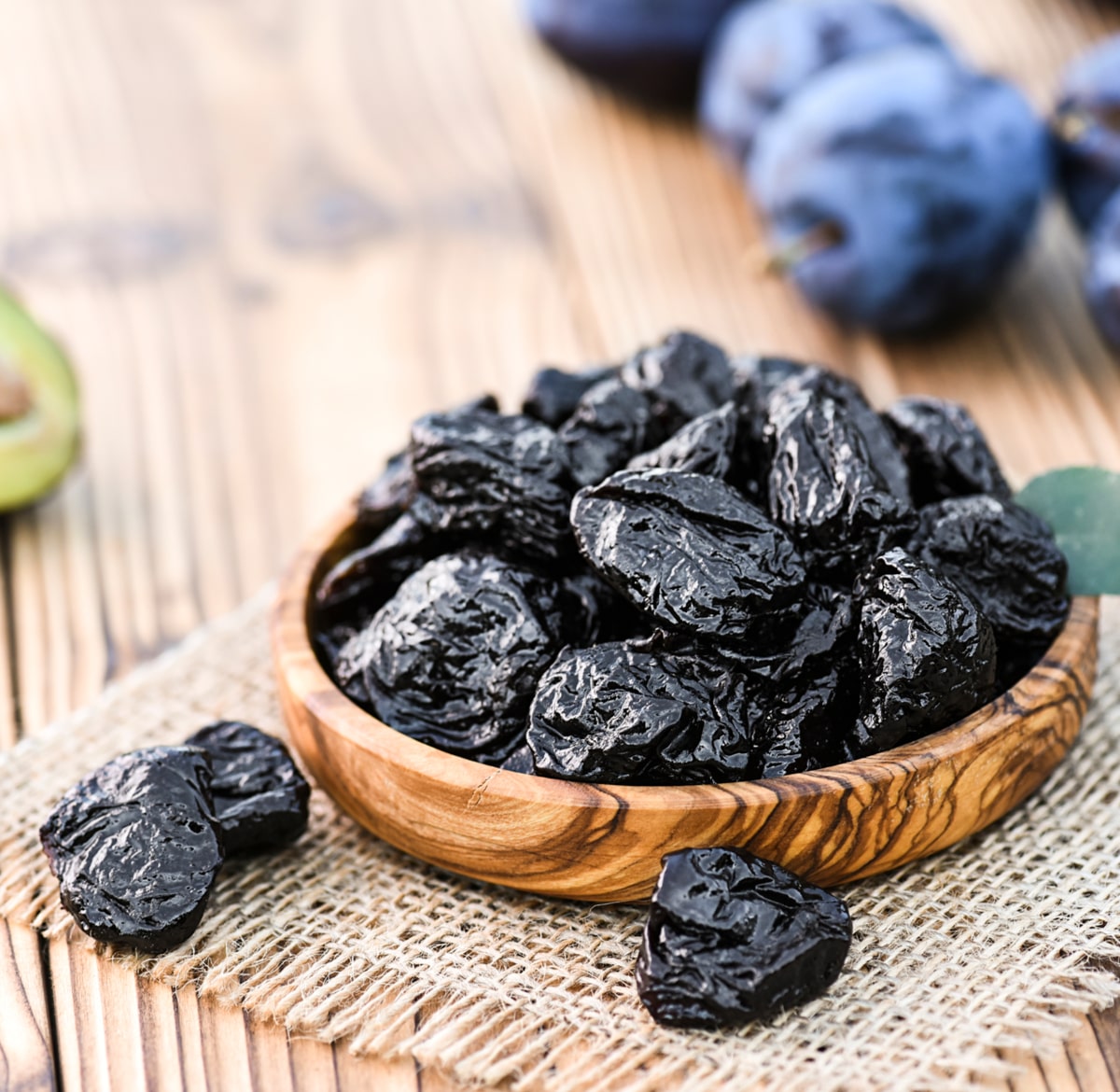Antioxidants: why everyone is after them and what they are for
If you open the ingredient list or label of any “healthy” product or beauty product (especially with the brightly advertised anti-aging effect) you are sure to come across some antioxidants. Let’s sort out what they really are, and whether they really can do something about aging.

Oxygen: friend or a foe?
As is known, human organisms can not survive without oxygen. It is literally a vital element playing the key role in all pivotal functions of our body and brain. But at the same time, the influence of oxygen triggers oxidation processes in the body, and, as a result, various chemical elements turn into so-called free radicals, which are unstable molecules that can damage cells. In some cases, the body copes with radicals on its own, processing and removing this “byproduct”, but if this does not happen, oxidative stress may occur, which can disrupt not only cells but also important functions of the body.
Oxidative stress is an imbalance between free radicals and antioxidants in your body. Hereby, antioxidants are a sort of capacity of our body systems to repair any internal damage on their own.
What oxidative stress does is it increases the risk of diseases such as heart disease, cancer, arthritis, stroke, respiratory disease, immunodeficiency, emphysema, Parkinson’s disease, and others.
Antioxidant is a substance that protects cells from the damage caused by free radicals (unstable molecules made by the process of oxidation during normal metabolism)..
This term has become popular quite recently: it was not until the 90s when antioxidants were first referred to and discussed in connection with the possible role of free radicals in the development of atherosclerosis and vision loss.
Antioxidants can stabilize the damage caused by free radicals and even reverse the negative processes launched by them.
Where do they come from?

The human body can produce a certain amount of antioxidants on its own, they are called endogenous. But most antioxidants are still exogenous, that is, coming from outside.
Antioxidants can be natural – found in plants, or artificial (synthesized in a laboratory).
Traditionally, tea is considered to be a champion of antioxidants (especially those varieties that have not undergone fermentation at all or have undergone it to a small extent – green, white, oolong) and berries – primarily dark red and black, – since the substances that provide color are powerful antioxidants, as well as certain fruits and vegetables.
Why are free radicals dangerous and who is in the risk zone?
Free radicals are the byproduct of the hostile environment we are living in; air pollution, stress, burnout, social pressure and our own body biochemical reactions. What is important to know is that excessive physical exercise can also contribute to their concentration (even intensive workout in your local gym).
Major risk factors:
- Tissue damage caused by injury or inflammation;
- Excessive consumption of foods rich in trans fats, as well as artificial sweeteners, colourings, preservatives, and certain food additives;
- Exposure to certain medications and chemicals;
- Smoking;
- Exposure to ultraviolet radiation (because of free radicals, our skin ages faster under the influence of open sunlight).
Thus, we can see that almost everyone of us is in direct danger: even if it is not a combination of factors there will be at least one or two we face every single day. We are just not used to paying much attention to it. This sort of effect on our organism is particularly dangerous because it is capable of accelerating the ageing of our cells, and, what is even more intimidating, it provokes inflammatory processes that directly affect our health.
In theory, eating healthy, avoiding stress, and living in a completely ecologically clean place minimize the risk of free radicals formation. But in practice, we all need these “helpers” in order to “patch” damaged cells in time and strengthen their protection.
Are antioxidants the same as vitamins?
Yes and no. The thing is that there are a whole bunch of various elements covered by this term, and all of them have the capacity to influence free radicals to a certain degree protecting our organism from their effect.
In fact, “antioxidant” is not a name, but rather a description of the action that certain substances are capable of. Today science distinguishes hundreds of substances that can act as antioxidants.
The most well-known include:
- vitamin A;
- vitamin C;
- vitamin E;
- lycopene;
- lutein;
- selenium.
We obtain these antioxidants from the outside, including in the form of artificial additives.
The antioxidants found in plant foods, however, most often belong to the following groups:
- flavonoids;
- flavones;
- catechins;
- polyphenols;
- phytoestrogens.
One more important feature or a nuance concerning the nature of antioxidants is that they can not be used interchangeably. If you get enough vitamin C or catechins (antioxidants that are especially abundant in tea), you still need vitamins A and E, as well as selenium and phytoestrogens, which can also compensate for the lack of estrogen in women going through menopause. Each type of antioxidant has its designated function, so one group cannot replace another.
Can you get antioxidant overdose?
You can. The more “external” substances of this type the body receives, the weaker its own ability to produce antioxidants. Moreover, the excess of some of them has been associated with an increased risk of skin cancer or cardiovascular disease. But, as a rule, such a risk arises only in case of systematic overuse and exceeding the recommended dosage. If you stay within reasonable bounds, if you listen to your doctor and do not administer yourself any substances with antioxidant vitamins/minerals, the probability of an overdose is near to impossible.
What are the most powerful sources of antioxidants?

The more varied our diet, the more vegetables, fruits, berries it contains, and the more often we drink tea and coffee, the more antioxidants soak in. Their diversity is huge, which means, they can more successfully influence various micro damages inside our bodies caused by free radicals. It’s hard to produce an ultimate list of antioxidant sources but we will briefly discuss the biggest players here among veggies, fruits and berries.
● Prunes
“Largest USDA study of food antioxidants reveals best sources” revealed that one serving size of prune contains 4873 units of antioxidant capacity. Moreover, not only fresh fruits are useful: dried prunes retain most of the coveted properties.
● Blackberries/blueberries
These little fellas are antioxidant champions. The study mentioned above, “Largest USDA study of food antioxidants reveals best sources”, scientists claim that wild blueberries contain up to 40 times more antioxidants than in any fruits or veggies. One bucket of those berries contains 10 times more than the approved norm! A little juicy antioxidant bomb. The main value-added here is that they preserve their magic properties even when dried or made into jam!
● Raspberry
Here is one more berry that effectively wards off carcinogenic elements. Journal of Nutrition published a study called “Low Concentrations of Quercetin and Ellagic Acid Synergistically Influence Proliferation, Cytotoxicity and Apoptosis in MOLT-4 Human Leukemia Cells”, that the antioxidant ellagic acid (found in raspberries, pomegranates, walnuts and cranberries) enhances the ability of quercetin (an antioxidant found in apples, grapes, onions, and buckwheat) to kill abnormal cells. So it’s worth eating raspberries with apples. Well, onions will also do — so many men, so many tastes.
● Cabbage
White cabbage is rich in vitamin C, Beta Carotene, Lutein and Zeaxanthin, which are groups of antioxidants. Brussels sprouts are rich in compounds called isothiocyanates, which remove dangerous cancer-causing radicals from the body before they take effect. Broccoli is particularly good for men: the researchers, who published their findings “Cruciferous Vegetables, Isothiocyanates, and Bladder Cancer Prevention” in Molecular Nutrition & Food Research journal, revealed that men who consumed 5 or more helpings of cabbage family weekly, were two times less likely to get sick with bladder cancer for 10 years.
You can also find antioxidants in strawberries, raisins and oranges.
Antioxidants and aging
Every second, our body, the perfect, almost self-sustainable machine, counters multiple threats. Those threats seem minuscule, yet altogether, year by year they are wearing out and corrode our health. All of us strive for a longer, healthier life and well-being, yet, thinking about lifespan and longevity issues is a bit of a downer. Fortunately, scientists are working every single day, studying all the tiny aspects of what comprises our body and mind, so that we could have not only hope but viable solutions to the arising problems. Due to science and medicine, we have the chance to learn more about the laws our organism lives by as well as the techniques that help to protect it. Antioxidants are not medicines and are not meant to cure, and they are not a magic pill for old age or diseases. Yet they serve as a reliable shield, helping us to gain not only time but also health, beauty and even a little youth. They do not have to be synthesised in laboratories and come out at exorbitant prices. They are everywhere around us!
Learn more about Brain, Heart, SUPPLEMENT+
What to learn more? Read here:





